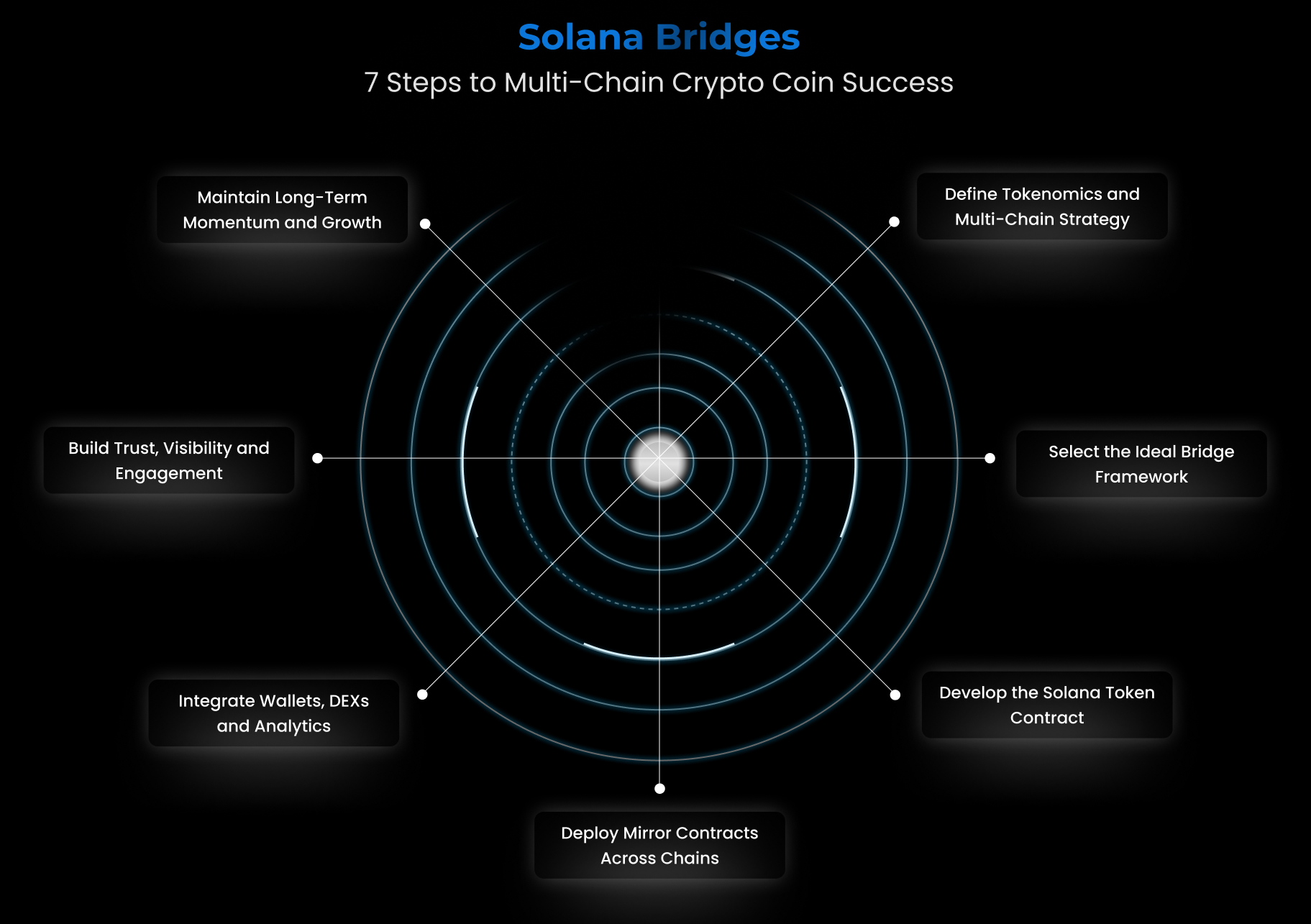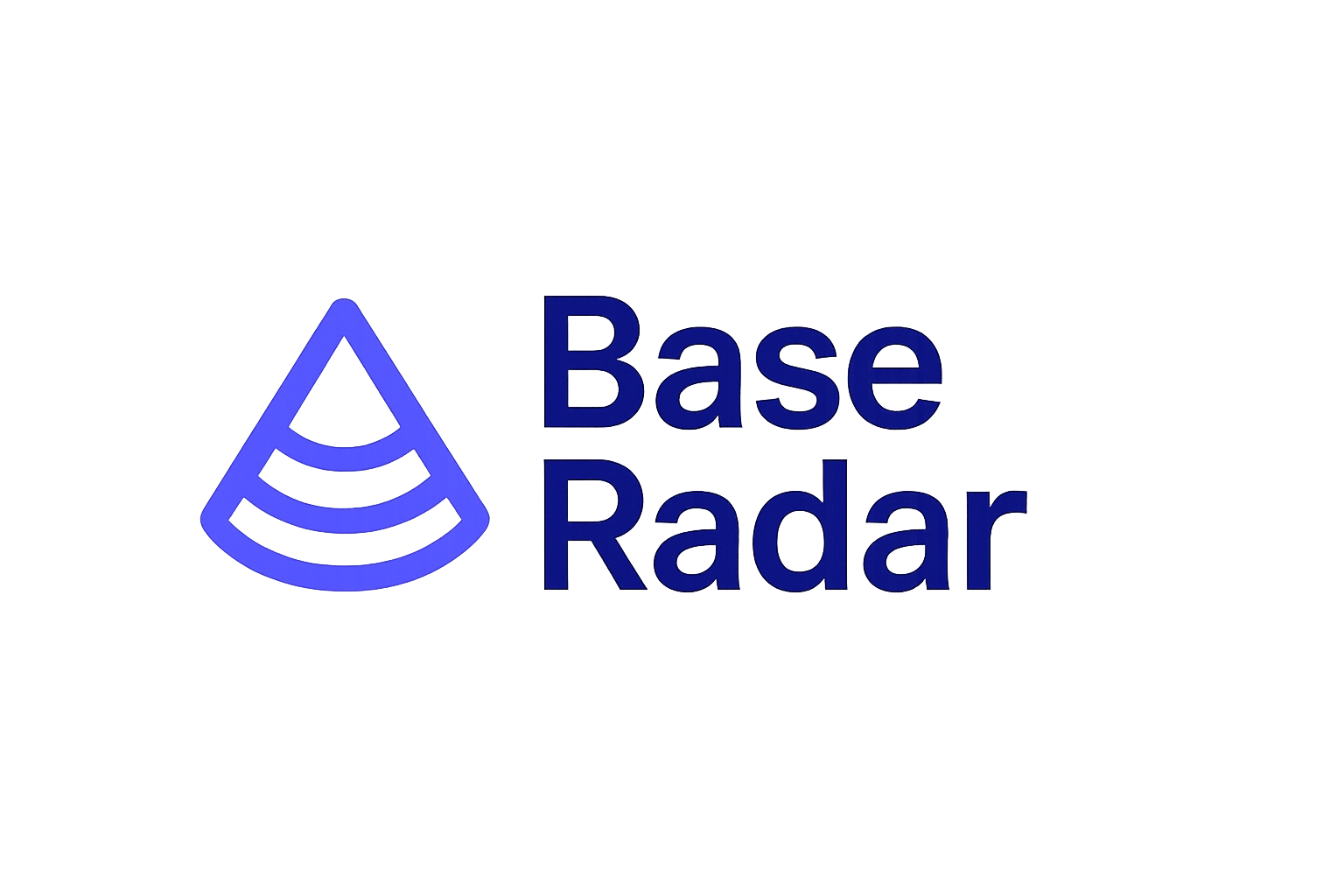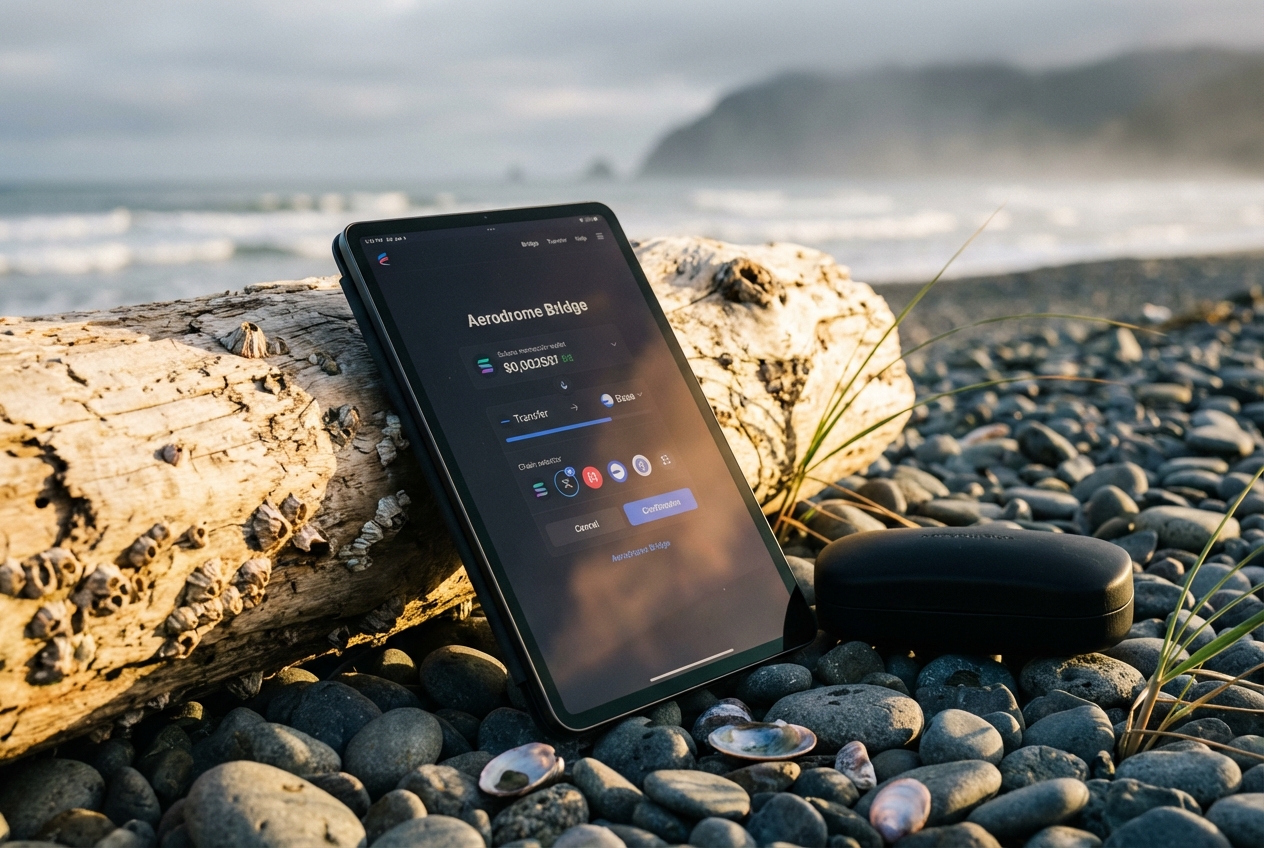
Moving tokens between Solana, Ethereum, and the rapidly growing Base chain is no longer the technical headache it once was. In 2025, robust cross-chain bridges like deBridge and Superbridge have made it possible to move assets with confidence and speed. Whether you’re chasing new DeFi opportunities, airdrops, or simply want to diversify across networks, understanding how to bridge to Base is essential. This guide walks you through the latest best practices for bridging tokens from both Solana and Ethereum to Base.

Why Bridge Tokens to Base?
Base, an Ethereum Layer 2 solution incubated by Coinbase, has quickly become a hub for low-cost transactions and innovative dApps. Many users are looking to bridge to Base in order to:
- Access exclusive DeFi protocols and NFT projects
- Take advantage of lower gas fees compared to Ethereum mainnet
- Participate in potential future airdrops or ecosystem rewards
- Diversify holdings across chains for risk management
The process is now streamlined thanks to bridges that support both EVM-compatible chains and non-EVM chains like Solana.
How to Bridge Tokens from Solana to Base (2025 Guide)
If you hold assets on Solana and want them on Base, platforms such as deBridge offer one of the most reliable solutions. Here’s how it works in practice:
- Connect Your Wallets: Go to deBridge’s app and connect your Phantom (Solana) wallet as well as your MetaMask (for Base). Make sure both wallets are funded with enough SOL and ETH respectively for transaction fees.
- Select Networks and Asset: Set Solana as your source network and Base as your target. Choose the token you want to move, USDC is often the fastest and cheapest due to high liquidity.
- Approve and Initiate Transfer: Enter the amount. Approve any permissions requested by deBridge in both wallets.
- Monitor and Confirm: Follow on-screen prompts; most transfers complete in under a minute. You’ll see your tokens arrive directly on Base.
This process removes much of the friction previously associated with moving funds between non-EVM (Solana) and EVM-based chains like Base. For more visual walkthroughs or troubleshooting tips, check out our dedicated step-by-step guides such as bridging SOL and ERC-20 tokens between Base and Solana.
The Best Way to Bridge from Ethereum Mainnet to Base
If your assets are on Ethereum mainnet, moving them onto Base can be accomplished via Superbridge or similar platforms leveraging the Optimism Standard Bridge protocol. The steps are straightforward:
- Add Both Networks: Ensure MetaMask is set up with both Ethereum Mainnet and the Base network (the latter can be easily added via Chainlist).
- Select Asset and Amount: On Superbridge’s interface, set “From” as Ethereum Mainnet and “To” as Base. Pick your asset, ETH is most common but many ERC-20s are supported.
- Confirm Transaction: Approve the bridge transaction in MetaMask. Be sure you have enough ETH for gas; fees fluctuate based on network congestion but remain lower than previous years.
- Wait for Completion: Most transfers finalize within minutes thanks to modern bridge optimizations.
This method is ideal for those wanting minimal downtime between chains while maintaining full custody of their assets at every stage. If you’re new or want more details about adding networks or troubleshooting failed transactions, our comprehensive guide on bridging ETH to Base covers every step with visuals.
As cross-chain activity heats up, understanding the nuances of each bridge platform is crucial. Platforms like deBridge not only support Solana and Ethereum-to-Base transfers but also frequently update their security protocols to keep up with evolving threats. For those seeking maximum flexibility, multi-bridge aggregators such as Rango Exchange and RocketX are worth exploring. These platforms allow you to compare routes, estimate fees in real time, and sometimes even swap tokens during the bridging process, saving both time and gas.
Security, Fees, and Best Practices
While bridges have become more reliable in 2025, users should remain vigilant. Here are some pragmatic tips for anyone looking to bridge to Base:
- Always double-check URLs: phishing sites mimicking popular bridges are on the rise.
- Start with small test transactions, especially if you’re using a new bridge or transferring large amounts.
- Monitor gas fees: Ethereum mainnet gas can still spike during periods of high demand. Bridging during off-peak hours can yield significant savings.
- Review bridge status dashboards: Reputable platforms provide real-time updates on network congestion or maintenance.
- Keep software wallets updated: Both Phantom (Solana) and MetaMask (EVM) regularly release security patches.
If you’re moving stablecoins like USDC or USDT, check for liquidity on Base before initiating your transfer. Some assets may take longer to arrive if there’s limited liquidity or if the bridge uses a lock-and-mint mechanism rather than direct liquidity pools.
Beyond the Basics: Advanced Bridge Features in 2025
The best Base bridges now offer features that go beyond simple token transfers:
- Single-transaction swaps: Some bridges let you swap tokens across chains in one step, for example, exchanging SOL on Solana directly for ETH on Base.
- Airdrop eligibility tracking: Certain platforms flag transactions that may qualify for future airdrops from Base ecosystem projects.
- Automated bridging bots: Power users can set up bots that monitor prices and execute bridging when fees drop below a set threshold.
If you want to dive deeper into advanced workflows or compare different bridging solutions side by side, our resource on using the new Base-Solana bridge is packed with live app demos and troubleshooting advice.
Final Thoughts: The Future of Bridging to Base
The rapid evolution of cross-chain infrastructure means that moving assets between Solana, Ethereum, and Base is easier, and safer, than ever before. As adoption grows and more dApps launch exclusively on Base, expect further improvements in speed, cost efficiency, and user experience. Whether you’re an active DeFi participant or simply optimizing your portfolio allocation across chains, mastering how to bridge to Base will open doors to new opportunities throughout the Web3 landscape.






